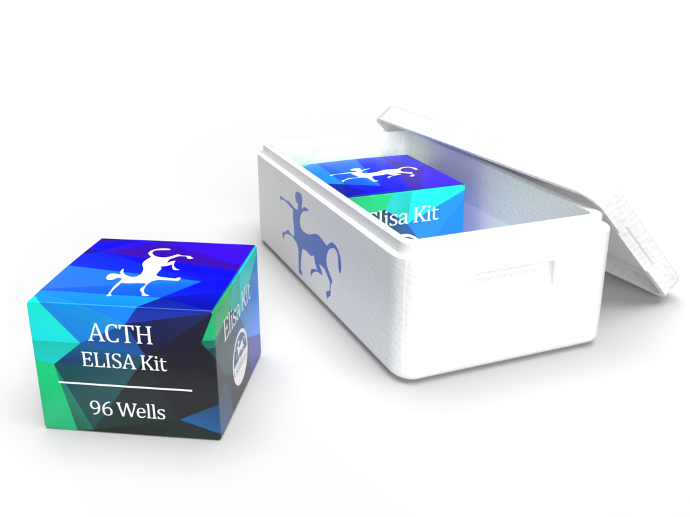Supplementary Information
In summary, Gentaur group have provided the first large-scale PPI map for three respiratory bacterial pathogens and their human host. Systematic screening of human-pathogen PPIs also allows us to uncover novel interactions of relevance for understanding pathogenesis, host response, all of which can be applied the development of novel vaccines and immunotherapeutics. In line with recent trends in drug discovery favoring polypharmacology (i.e., drugs acting upon multiple targets), over single target drugs, there is a renewed emphasis for developing broadly protective immunotherapeutics against infectious diseases. Accordingly, discovering novel putative targets through the comprehensive lens of protein networks may provide valuable novel insights for developing novel drugs and vaccines against respiratory pathogens.
Supplementary Information:
Information about reagents and the data generated from the yeast two-hybrid screens for B. anthracis, F. tularensis, and Y. pestis are available from the Bioinformatics Resource Center Portal. The interactions have also been submitted to the consortium through IntAct and assigned the identifier IM-13779.
Bacillus anthracis is a rod-shaped, Gram-positive, aerobic bacterium that is about 1 by 9 micrometers in length. It was shown to cause disease by Robert Koch in 1876. The bacterium normally rests in endospore form in the soil, and can survive for decades in this state. Herbivores are often infected whilst grazing or browsing, especially when eating rough, irritant or spiky vegetation: the vegetation has been hypothesized to cause wounds within the gastrointestinal tract permitting entry of the bacterial endo-spores into the tissues, though this has not been proven. Once ingested or placed in an open cut, the bacterium begins multiplying inside the animal or human and typically kills the host within a few days or weeks. The endo-spores germinate at the site of entry into the tissues and then spread via the circulation to the lymphatics, where the bacteria multiply.
Francisella tularensis is a pathogenic species of Gram-negative, aerobe, rod-shaped coccobacillus. It is the causative agent of tularemia, the pneumonic form of which is often lethal without treatment. It spreads easily by aerosol and has high virulence making this a Tier 1 Select Agent by the U.S. government. In nature this strain can survive for several weeks at low temperatures in animal carcasses, soil, and water.
Yersinia pestis (formerly Pasteurella pestis) is a Gram-negative, nonmotile, rod-shaped, coccobacillus bacteria, with no spores. It is a facultative anaerobic organism that can infect humans via the Oriental rat flea. It causes the disease plague, which takes three main forms: pneumonic, septicemic and bubonic plagues.


